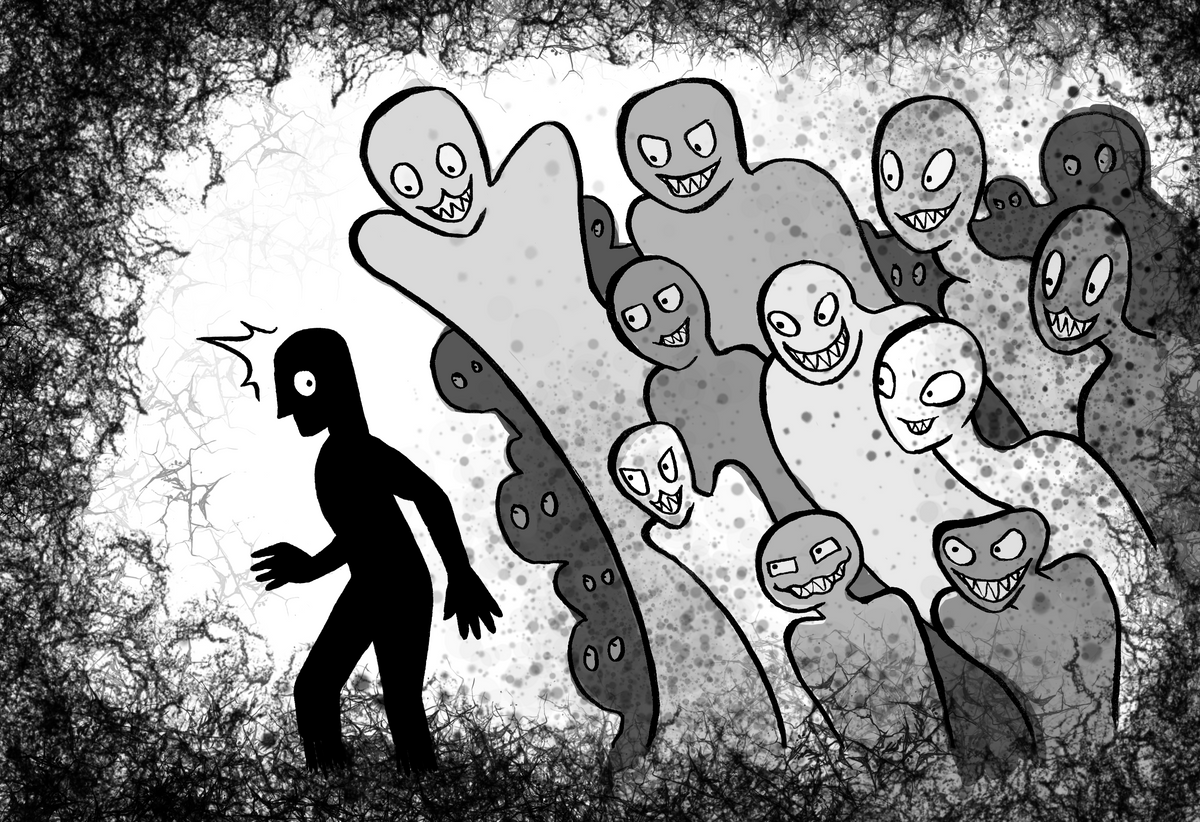What Are the Symptoms of Agoraphobia?

While the exact cause of agoraphobia is not known, many sufferers are afraid of places and situations that once caused them to suffer from a panic attack. Examples of such places are theaters, planes, supermarkets, and elevators. They also fear being alone and losing control in public spaces. People with agoraphobia often remain at home for extended periods of time, even years. It is important to note that there is no known cure for agoraphobia.
Signs
Many people suffer from agoraphobia, and the signs of this condition vary widely. These symptoms include physical and emotional symptoms. A Pew Research poll found that a third of young people in the United States are experiencing high or moderate levels of psychological distress. This is particularly true of young adults, with nearly half reporting that they feel nervous or anxious. Symptoms include:
A common symptom of agoraphobia is a fear of public places. Rather than going out alone, people with agoraphobia will spend a lot of time planning their escape routes. They may even plan their routes in advance, and then panic when they can't identify their route. These fears often limit the people with agoraphobia from being able to enjoy many activities outside their home. Whether it's going to a party or grocery store alone, these people are restricted by their agoraphobia.
Symptoms
An individual suffering from agoraphobia will frequently have panic attacks during or immediately before stressful situations. It may occur before a person even sets foot in a particular environment. Because of this, an agoraphobic may avoid certain daily activities, such as going to the grocery store, or will avoid social situations altogether. However, it's important to note that these panic attacks may not necessarily be an indication of an actual illness.
The primary means for diagnosing agoraphobia is an interview. An exam and physical tests are not sufficient in establishing a diagnosis. In these cases, a professional can help determine if the sufferer is suffering from agoraphobia and make a suitable treatment plan. However, it is important to remember that the condition is often treated through psychological methods. In the long term, overcoming the symptoms of agoraphobia can only be achieved with professional help.
Treatment
Treatment of agoraphobia involves overcoming a person's fear of enclosed spaces, crowds, or the unknown. It may involve medication or therapy, lifestyle changes, or both. Cognitive behavioral therapy is an effective method of treating agoraphobia, and it may also involve exposure therapy, which involves slowly exposing the patient to situations he or she fears. The patient learns to control the thoughts that trigger anxiety and reduces anxiety by practicing new ways of thinking.
Therapy can also address the underlying issues causing agoraphobia. The first step in treating the disorder is understanding the physiological and psychological effects of anxiety. A relaxation plan can help you relax when faced with a stressful situation. Other techniques include meditation and mindfulness. Physical activity, such as gardening, can also help. Using coping methods, such as writing, can also help. Therapy may also be recommended, in which a mental health professional helps the person to address underlying issues that may be contributing to the phobia.
Diagnosis
A diagnosed case of agoraphobia is often a result of an unexpected, stressful event in a person's life. A panic attack causes an individual to avoid social situations or limit their interactions with the outside world. Over time, they may become confined to their homes. This condition requires that the afflicted person experience these reoccurring symptoms for at least 6 months. The clinical definition of agoraphobia is based on the severity of the symptoms, as well as the time that the afflicted person has been experiencing these symptoms.
A healthcare provider will assess the patient's symptoms to rule out other medical conditions. After assessing the severity of anxiety and panic symptoms, a healthcare provider may order several tests to rule out other medical conditions. A physician may refer the patient to a psychologist or psychiatrist for further evaluation. Although there is no definitive test that can confirm the diagnosis of agoraphobia, it is possible to learn how to conquer these symptoms and begin facing the fearful situations. It is important to note that hyperventilation, rapid breathing, and shallow breathing all worsen the symptoms of panic attacks. Instead, focus on breathing deeply and steadily, and try to imagine expanding the abdomen.



